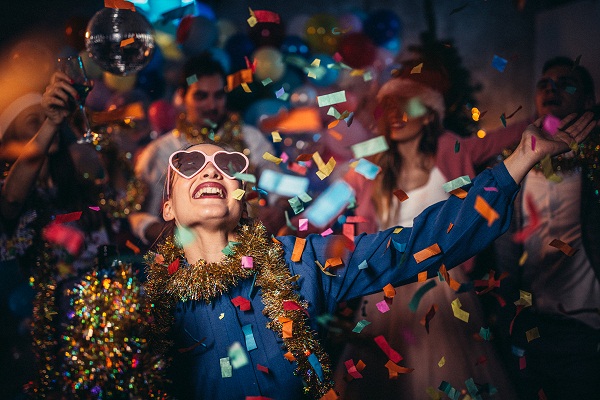Landmark revival: Haipai culture shines anew in modern Shanghai
The flickering neon lights of Shanghai's skyline are a testament to the city's ongoing transformation, where tradition meets modernity. As one of China's cultural centers, Shanghai is known for its Haipai culture – a fusion of Eastern and Western influences. Today, the city's historic landmarks are being revitalized, blending Shanghai's rich heritage with a forward-looking and innovative spirit.
From the international buildings along the Bund to traditional shikumen houses, iconic structures serve as living reminders of Shanghai's past. These landmarks, as representatives of the city's golden era, are now undergoing renewal. Among them is the renowned Qichongtian, or Seven Heaven, building on East Nanjing Road. Originally constructed in the 1930s, the building was a symbol of Shanghai's emergence as a commercial powerhouse, embodying the vibrant energy of the city's history.
In recent years, the Seven Heaven building has embraced change. The establishment of the Via 1719 Wu Liangcai New Vision Center marks a significant transformation. This center not only preserves the legacy of the Wu Liangcai brand – known for over 300 years of craftsmanship in eyewear – but also offers an immersive shopping experience, combining art, culture, and modern technology. The brand's innovative approach demonstrates how Haipai culture continues to evolve, merging tradition with contemporary trends.
As Shanghai's heritage buildings are restored, they contribute to the city's cultural and economic rejuvenation. These structures are more than just relics of the past; they symbolize Shanghai's forward-looking identity, reflecting both its historical depth and modern aspirations. Through such transformations, Haipai culture continues to thrive, proving that history, when paired with innovation, can achieve timeless relevance.

